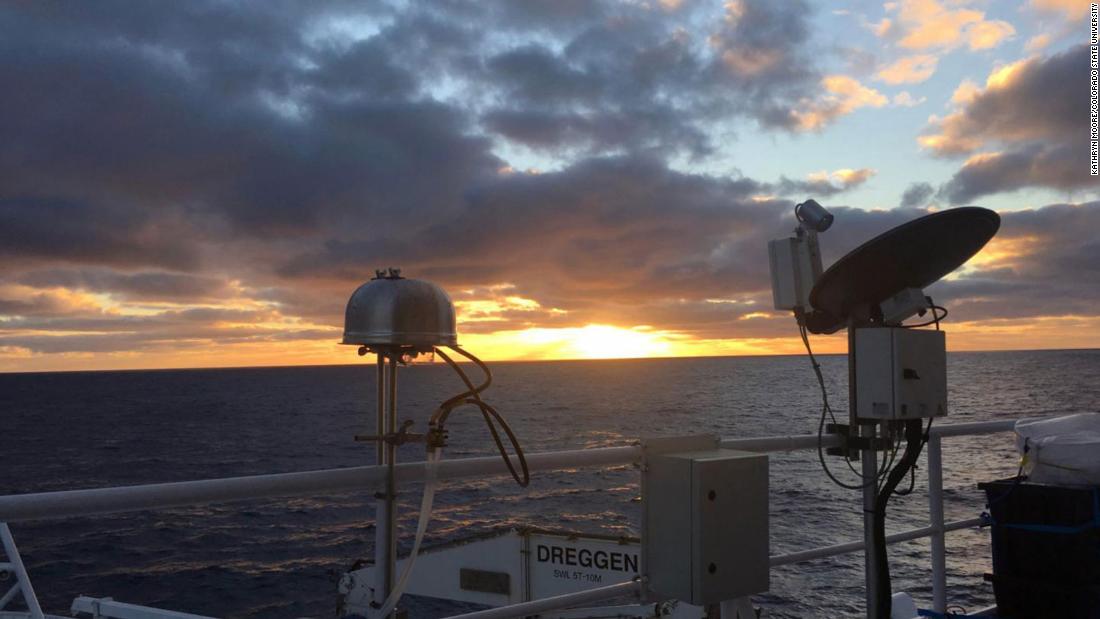However, Professor Sonia Kreidenweis and her team suspected that the air over the Antarctic Ocean would be less affected by humans and dust from the continents of the world.
The researchers found that the air of the boundary layer, which feeds the lower clouds over the Antarctic Ocean, was free of aerosol particles produced by human activity – including the combustion of fossil fuels, the planting of certain crops, the production of fertilizers and the disposal of waste water – or transport from other countries of the world.
The researchers decided to study what was in the air and where it came from, using bacteria in the air as a diagnostic tool to infer the properties of the lower atmosphere.
Researcher and co-author of the study Thomas Hill explained that “the aerosols that control the properties of SO (Southern Ocean) clouds are strongly linked to oceanic biological processes and that Antarctica appears to be isolated from the dispersion of microorganisms to the south and from deposition of nutrients from southern continents, “he said in a statement.
“Overall, it suggests that SO is one of the very few places on Earth that has been minimally affected by anthropogenic activities,” he added.
Scientists sampled air at sea level – the part of the atmosphere that has direct contact with the ocean – while on board a research ship traveling south to the edge of the Antarctic ice from Tasmania , in Australia. Scientists then examined the composition of microbes in the air, which are found in the atmosphere and often dispersed thousands of kilometers by the wind.
Using DNA sequencing, source tracking and wind trajectory scientist and first author Jun Uetake found that the origins of the microbes were from the ocean.
From the bacterial composition of the microbes, the researchers concluded that aerosols from distant land masses and human activities, such as pollution or soil emissions caused by changing land use, were not traveling south and in the air.
Scientists say the results show a distinct difference from all other ocean studies in both the northern hemisphere and subtropics, which found that most microbes came from the upwind continents.
Air pollution is already a global public health crisis and kills seven million people annually, according to the World Health Organization (WHO).
More than 80% of people living in urban areas who monitor air pollution are exposed to air quality levels that exceed the limits of WHO guidelines, said the health organization, and the low and middle income suffer from higher exposures.

Coffee enthusiast. Travel scholar. Infuriatingly humble zombie fanatic. Thinker. Professional twitter evangelist.







